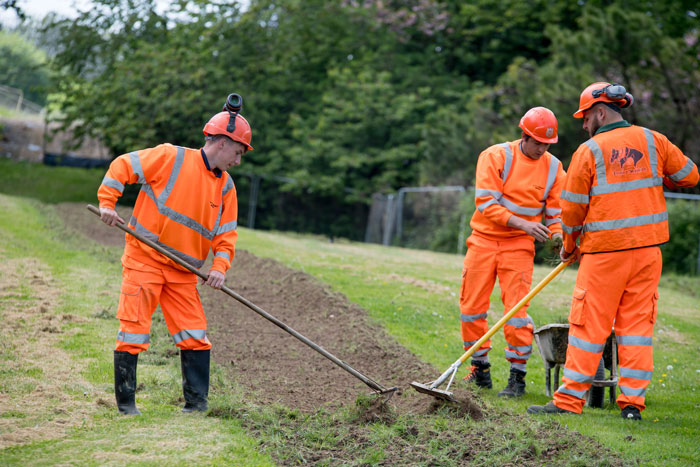The Consenting Process
Rampion 2 is classified as a Nationally Significant Infrastructure Project (NSIP) because of its capacity to deliver large amounts of electricity. The process for gaining consent to develop major offshore wind farms is set in legislation.
National planning policies set out what documents and evidence Rampion 2 need to submit. There are stringent rules on how to consult stakeholders about the project. There is a formal process that the application and decision making must follow. The owners of Rampion 2 must apply for a Development Consent Order (DCO) to the Planning Inspectorate and the DCO application is then assessed and determined under the Planning Act 2008.
The DCO application for Rampion 2 was submitted in August 2023 and accepted for examination by the Planning Inspectorate, in September 2023.
The Planning Inspectorate has appointed an independent Examining Authority to rigorously examine the application. At the end of the examination, the Independent Examining Authority will make a recommendation to the Government’s ‘Secretary of State for Business Energy and Industrial Strategy’. The Secretary of State will then review the application, and decide on whether to grant a Development Consent Order.
*For more information on this process please see the Planning Inspectorate’s website.





